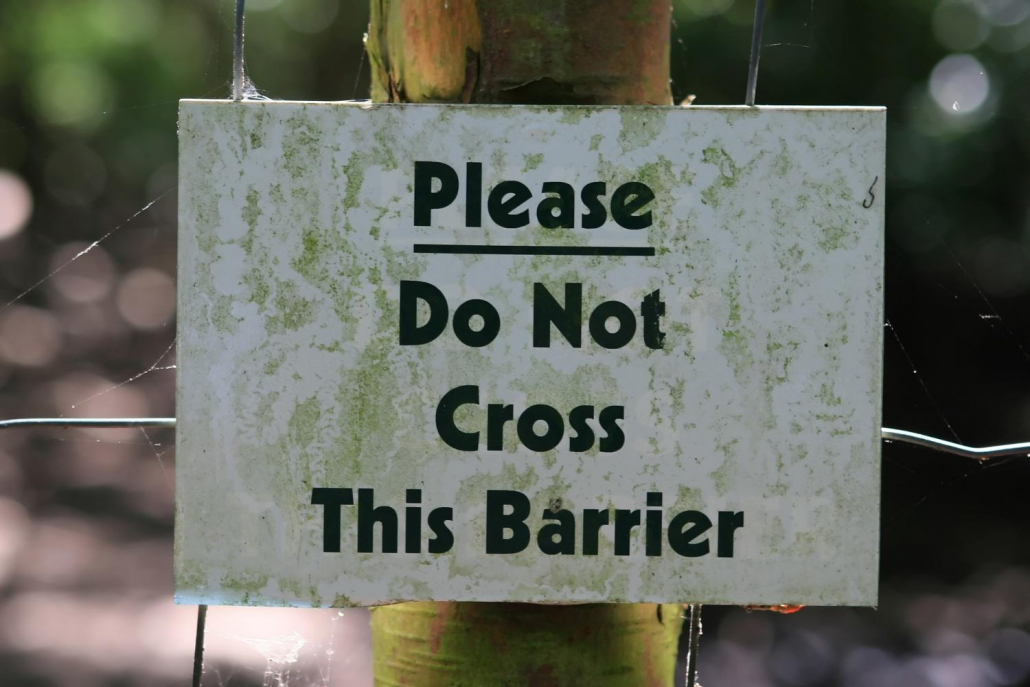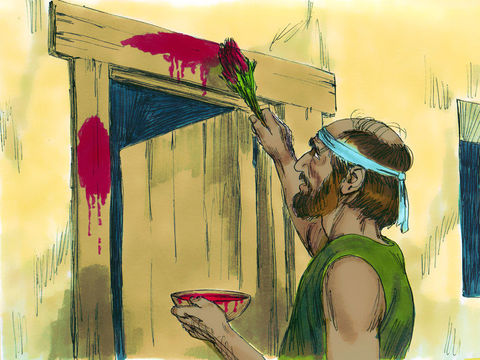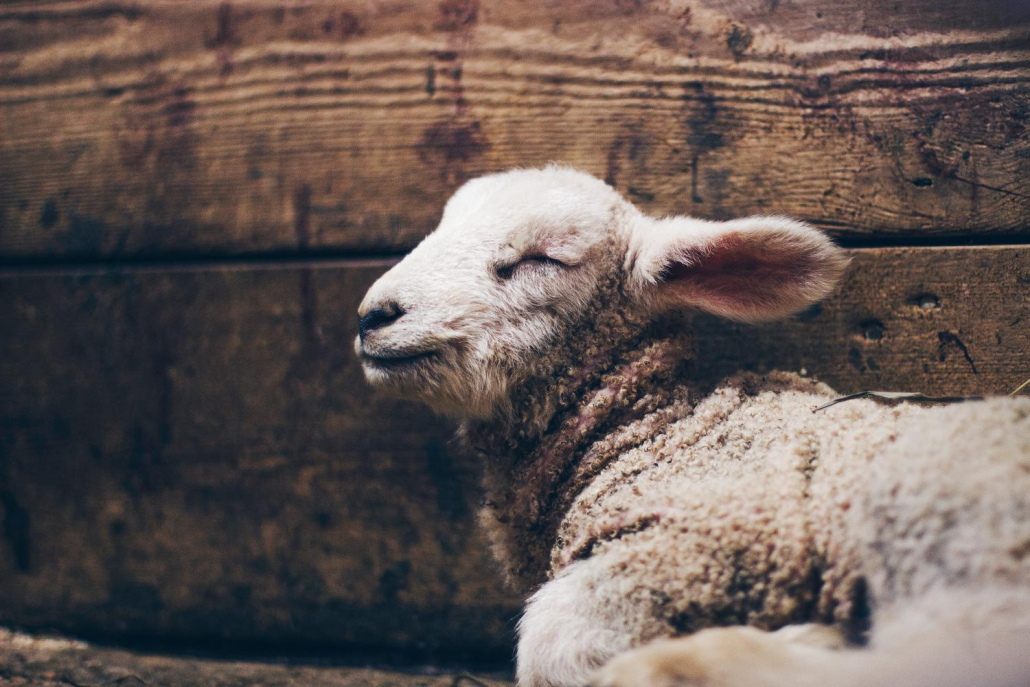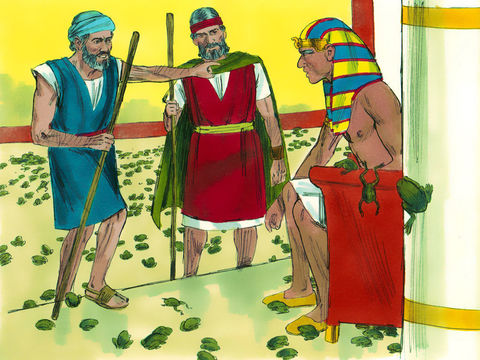Children’s Bible Program – Level 1: Lesson 23 “The Passover and the Death of the Firstborn”
Read Together: After God sent the first nine plagues on the Egyptians, the crops had been destroyed, most of the livestock was dead, and Egypt was suffering. But Pharaoh would still not let the Israelites go free. God decided to bring one more plague on Egypt. This plague would be so great that Pharaoh would demand that Israel leave Egypt. God was going to put to death the firstborn of man and beast in all of the land of Egypt. However, God planned a way to save the Israelites. God told Moses to have each Israelite family select a perfect lamb from their herd. Four days later, just after sunset, they were commanded to kill the lamb, placing its blood on the doorposts of their home. Then, they were commanded to roast and eat it. Every home that had blood on the doorway of their home was protected from the last plague. The Egyptian homes, with no blood on their doorways, would suffer the death of their firstborn as the death angel passed over their house.
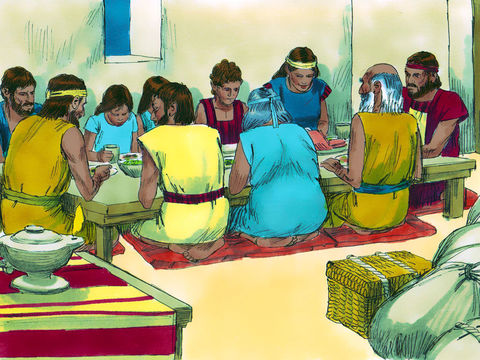
This was a dramatic and terrifying night. Throughout Egypt, many people died. But the Israelites were kept safe by the protection of God, and the blood of the lamb. And they were released from their Egyptian taskmasters, as the Pharaoh commanded the Israelites to leave Egypt.
God commanded Israel to remember what had happened in Egypt, how He had protected the children of Israel, and to keep it as a memorial forever. That is why the name of this memorial is Passover. The Passover lamb pictured the sacrifice that Jesus Christ would make by shedding His blood for the salvation of all mankind. The Church of God still observes the Passover every year as God commanded, but with bread and wine instead of a Passover Lamb.
Read Together: Exodus 11:1; 12:1–14, 24–30; John 1:29; Mark 14:14, 22–24
Discuss:
- Help your child to understand that every household in Egypt was affected by the tenth plague. Help them identify all the people in their family who are firstborn.
- Ask what would happen if an Israelite family did not obey Moses’ instructions.
- Ask your child to explain why this memorial is called Passover.
- Discuss what it might be like to have a lamb living in in your house for four days. Explain that the sacrifice of the lamb was symbolic of Jesus Christ’s future sacrifice.
- Explain to your child that the Church of God still keeps the Passover, but with different symbols which Christ taught. Help them understand what the new symbols(wine and bread) represent.
Review Memorization:
The Ten Plagues: (1) Waters turned to blood, (2) Frogs, (3) Lice, (4) Flies, (5)Animals die, (6) Boils, (7) Hail, (8) Locusts, (9) Darkness, (10) Death of the Firstborn


